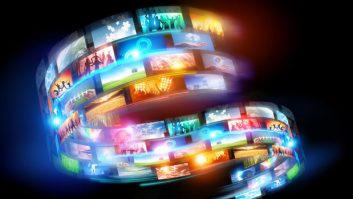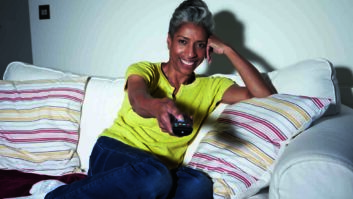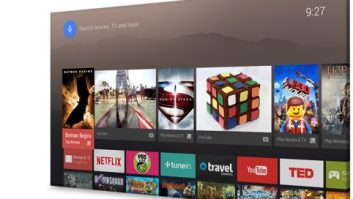
There has been much discussion of late about the imminent arrival of a new class of internet citizen – the Things. The Internet of People, that we all know and love, is to be enriched and expanded to include an Internet of Things. In fact, the Things have been around for some time and are multiplying rapidly. Ericsson predicts there will be tens of billions of devices by 2020, far more than us humanoids.
The IoT will provide a digital representation of the physical world and any object that can benefit from a network connection will eventually get one. We will soon inhabit a world where anything with a plug or a battery transitions from being a passive standalone ‘dumb’ machine to being an active networked connected computer. Great.
But what, if anything, will this mean for our TV viewing (assuming of course that the machines don’t rise up and take control – but that hypothesis has been well covered elsewhere.)
Well, one major consequence of the IoT is much greater context. As our homes become connected, with everything from our doorbells, locks, lights and energy consumption becoming networked (not to mention the toaster and washing machine), we start to log lots of data about our daily lives. Of course this extends outside our homes to our connected cars, workplaces, and everywhere in between via our smartphones. Every one of those logged data points providing more and more context. It is this insight which, should we chose to use it, could change how we watch TV.
It all forms part of a greater trend towards personalising our TV viewing. The context provided by the IoT could change both what we watch and how we watch it.
Let’s consider the ‘how’ part first. Somebody ringing your doorbell could automatically pause playback on your connected TV, or all the TVs in the house. The same thing could happen when your home phone rings or when you leave the room (the motion sensors that control your lighting would report that). Essentially, device control of your TV would be influenced, automatically, by activity in your IoT enabled home.
Now let’s think about the impact of IoT activity on what you watch. As we move towards a more personalised viewing experience, with content recommendations and interactions changing what appears now and next on your TV, the context provided by IoT data could shape those recommendations. Rather than simply recommending what to watch, or automatically playing it, based on what you watched previously, your TV will consider your current situation.
Have you arrived home from work later than normal and missed the news headlines that you normally watch earlier? No problem, they will be time shifted for you. Have you been away for two weeks on holiday and missed your favourite shows? Don’t worry, your personalised channel will pull content from catch-up or PVR recordings based on the time of day and day of week that you now switch on the TV. All of those newly connected things in your home will help suggest what to watch based on what you are doing, rather than just who you are.
Whether you think this sounds wonderful or woeful is down to personal taste and as long as you can control the data that you and the Things share you get to choose. Meanwhile I have to go, my fridge is complaining about those eggs I should have thrown out a few days ago.
Steve Plunkett, chief technology officer, Ericsson Media and Broadcast Services







